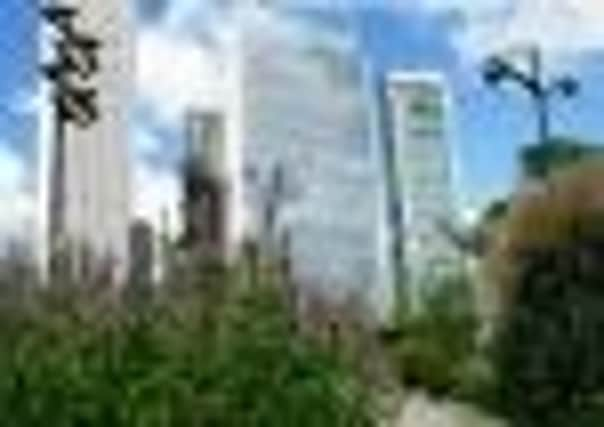My kind of town


Impressive, isn’t it? But then it should be because the Lurie Garden cost millions of dollars and is just one small(ish) part of the monumental Millennium Park, in the Loop community area of Chicago, in Illinois, much of which was railway yards and parking lots.
In fact, Millennium Park is one of the largest green roofs in the world because it’s actually built on top of surviving railway track and a huge multi-storey car park.
Advertisement
Hide AdAdvertisement
Hide AdPlanning began in October 1997 and construction started a year later. Everything was supposed to be finished by 2000 (“Millennium” Park, get it?) but it didn’t finally open until July 2004, far exceeding its proposed budget of $150m. The final $475m cost was borne by Chicago taxpayers and private donors.
But since then, the park has been garlanded with awards.
The overall landscape architecture was designed by the Seattle-based firm Gustafson Guthrie Nichol, Piet Oudolf (also responsible for the magnificent Walled Garden, at Scampston, near Malton) and Robert Israel.
The Lurie Garden is a mere 2.5 acres of perennials, bulbs, grasses, shrubs and trees, costingt $13.2m and was named after philanthropist Ann Lurie, who donated $10m.
It is an homage both to the land’s prairie past and the Chicago’s motto, Urbs in Horto, meaning “city in a garden”, and is composed of two “plates”. The dark plate depicts Chicago’s history in shade-loving plants and a combination of trees that provide a shade canopy for these plants when they fill in. The light plate, which has no trees, represents the future with sun-loving perennials that thrive in heat and light.
Advertisement
Hide AdAdvertisement
Hide AdMillennium Park is just part of the 319-acre Grant Park, known as the “front lawn” of downtown Chicago, and apart from the garden, has three more major artistic highlights – the Jay Pritzker Pavilion, Cloud Gate and the Crown Fountain.
All are spectacular, but Cloud Gate attracts most attention. It is a three-story steel sculpture that has been dubbed “The Bean” by Chicagoans, because of its shape. The sculpture, by world-renowned artist Anish Kapoor, was privately funded and cost $23m – considerably more than the original estimate of $6m. It’s composed of 168 stainless-steel plates welded together and its highly-polished exterior has no visible seams.
Art in the park has never been so good.